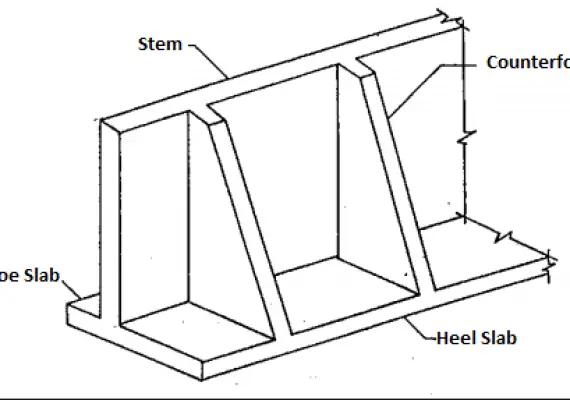What Does Screw Piling Mean In Construction?
What Does Screw Piling Mean In Construction?
Screw piling is a type of deep foundation used in construction that involves installing steel screw-in piles into the ground.
The piles are made of circular hollow steel sections with one or more helices attached to them.
During installation, the screw piles cut into the soil following a constant pitch, as opposed to auguring through it.
Powerful hydraulic motors are used to apply the large torques that are required to screw a screw pile into the ground.
The most common method of connecting a Screw pile to a structure’s foundation is to cast the head of the Screw pile into the building’s concrete foundations. Fixity is achieved through steel reinforcement bars embedded in the concrete.
Screw piling is often used due to its cost efficiencies and reduced environmental impact compared to other types of piling. It also has advantages over other types of piling due to its quick and easy installation process.
How Is Screw Piling Done?
The installation process of screw piles is relatively straightforward and can be completed quickly with the use of an excavator with a hydraulic drive motor.
The screw pile is screwed into the soil until it finds a strong profile capable of supporting the structure.
The equipment used for installation is easy-to-manage and keeps noise pollution to a minimum. It is also suitable for any type of soil and in low temperatures.
The installation process involves several steps.
- First, the helical (screw) piles are screwed in as deeply as needed.
During this step, some technical details may need to be adjusted such as the rotating force required to install the screw pile into the ground.
- After the last helical (screw) pile is anchored into the ground, construction can begin immediately without any delay or clean-up required.
- Finally, a review and reporting process ensures that a robust foundation has been installed.
What Are The Advantages Of Screw Piling?
The advantages of screw piling include ease of installation, faster installation, lower carbon footprint, no need to remove soil from the site, ability to install in close proximity to existing structures, continuous flight auger, and immediate loading after installation.
Screw piles are also well suited for projects located in remote areas due to their limited space and equipment requirements.
Additionally, they can be modified quickly to increase load capacity, and they produce little to no disturbance of the site.
Finally, screw piles are cost-effective and can be installed in any weather conditions.
Are Screw Piles Better Than Concrete Piles?
Helical piles, also known as screw piles, are an increasingly popular alternative to concrete foundations for decks and other structures.
Screw piles offer several advantages over concrete foundations, including flexibility of installation in areas where concrete is not possible, faster installation with less manpower and equipment, and the ability to reach the ground level that offers the best stability.
Additionally, screw piles can be structurally loaded immediately after installation, allowing construction to proceed right away.
However, it is important to note that screw piles may not always be cheaper than concrete foundations, as some concrete companies are willing to price themselves out of business.
Additionally, not all applications are suitable for helical pile foundations; in some cases, neither poured concrete nor helical piles may be suitable for a particular project.
Therefore, it is important to consider all factors when deciding whether helical piles or concrete foundations are better for a given project.
What Are The Disadvantages Of Screw Piling?
Screw piling is a type of deep foundation that uses helical blades to anchor into the ground. While it has many advantages, such as being easy to install and providing large diameter piles, there are also some disadvantages associated with screw piling.
These include the need for specialized machinery to install them, increased costs when compared to other types of foundation piles, and difficulty achieving waterproofing between piles.
Additionally, screw piles may buckle or fail if exposed to seismic activity (earthquakes).

